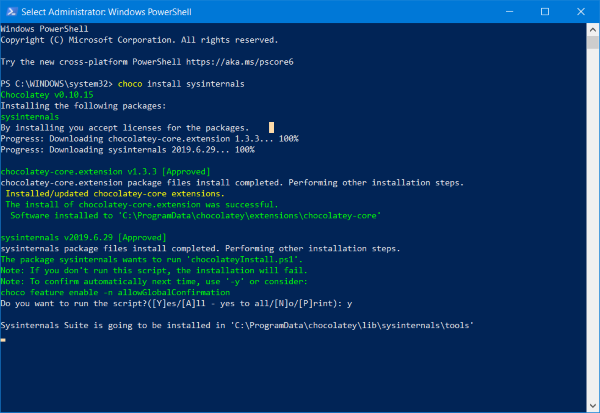

The procedure you’d likely use is to Google the product name, find the download link, skip past all of the “featured offers” and near malware that most sites like to bundle with their downloads, and then run the installer. In the process, you are trying to find the latest version of Google Chrome, for example, or any other reasonably popular utility. Say you are moving to a new system and setting it up properly, exactly how you like it. Imagine bringing this automation over to Windows. This includes analyzing a system determining what packages are necessary to run whatever software you want finding the latest compatible version of all of the packages and installing them in the correct order, ensuring they get laid down on the system successfully and that, after the 117 dependencies install, the software is ready to run on the target system. At their core, these package management systems seek to achieve the same objective: to automate the installation, configuration, ongoing management and uninstallation of software packages. You probably have heard of Red Hat’s RPM (Red Hat Package Management) format, Debian Linux’s apt-get, and the new yum package manager that seems to be infiltrating a lot of distributions these days.

Linux distributions have had package management options for a while.

The premise behind package management systems Luckily, there are a couple of package management tools for Windows, and best of all, both are open source and free. Honestly, while Linux is a fantastic operating system and very appropriate in many respects for many applications, I’ve long preferred Windows for its generally better ease of use and polish.īut that doesn’t mean I haven’t pined for certain Linux features when using Windows - and a package management system is one of them. I’ve administered both Windows and Linux systems for close to two decades now.


 0 kommentar(er)
0 kommentar(er)
